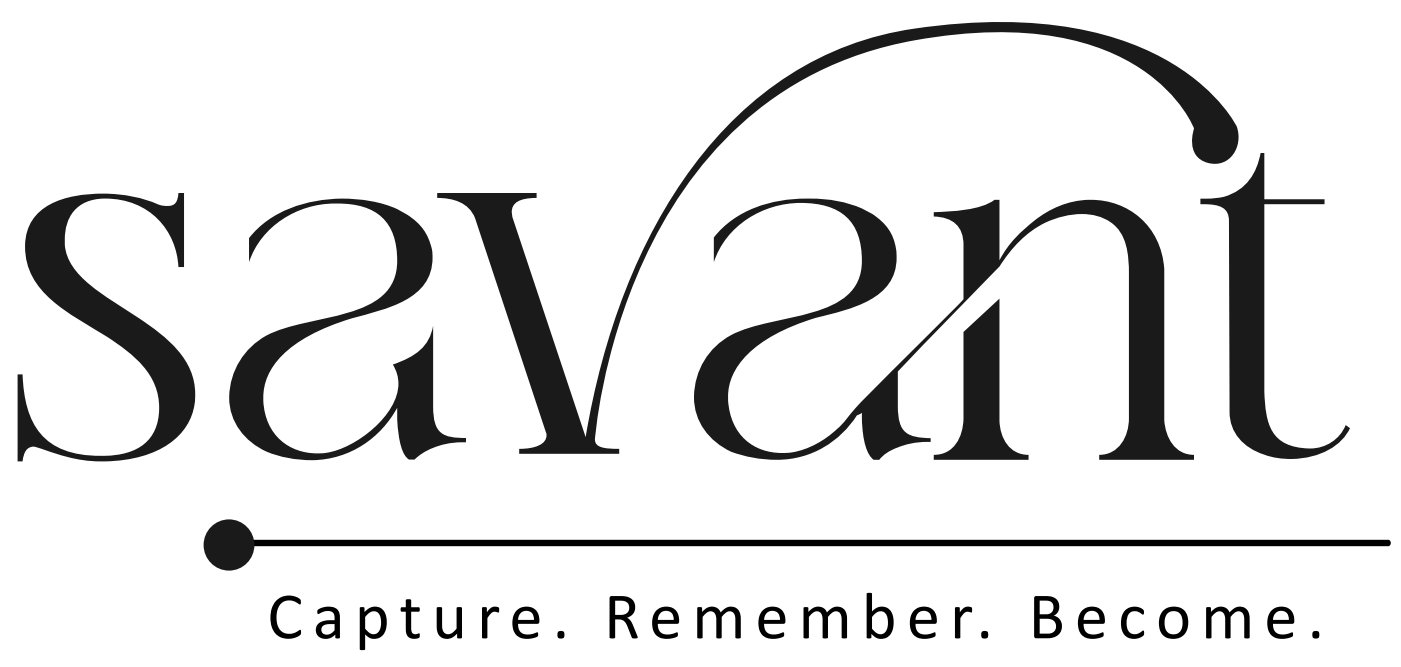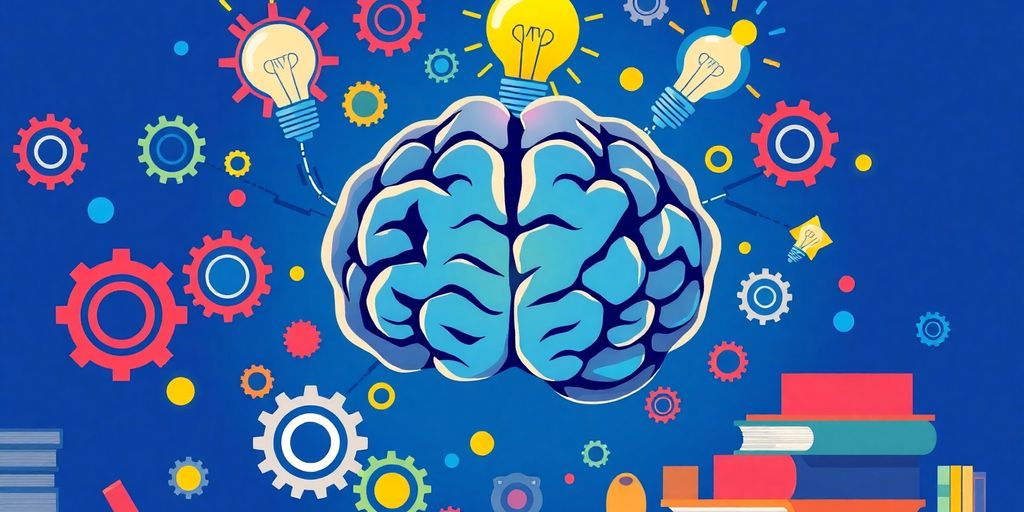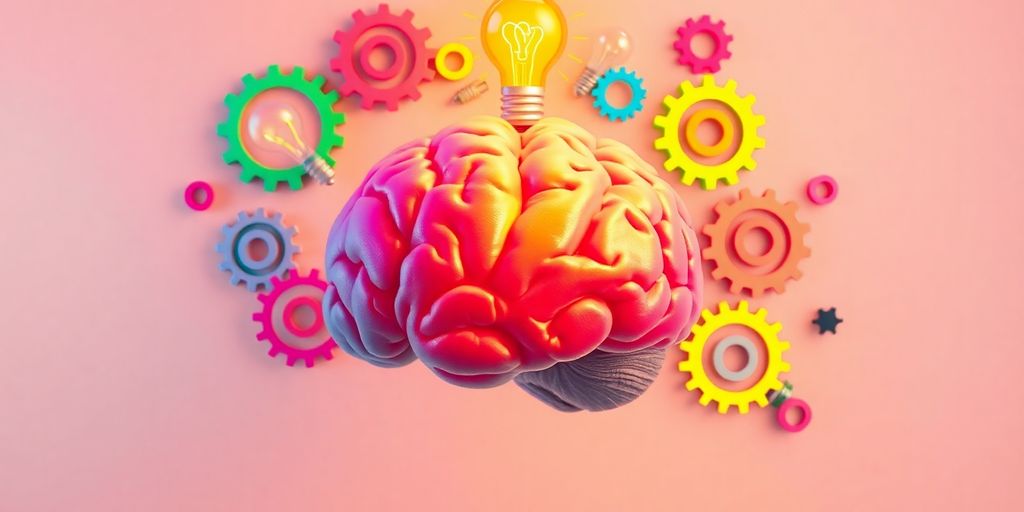Ever felt like your notes are just a jumble of words? Enter the mapping method. It’s a game-changer for anyone looking to make sense of complex info. This technique turns your notes into a visual map, making it easier to see how ideas connect. Whether you’re a student tackling tough subjects or a professional trying to organize thoughts, mapping can help. Let’s explore how this method can transform your note-taking game.
Key Takeaways
- The mapping method uses visuals to show how ideas connect, making it easier to understand and remember.
- Starting with a central idea and branching out helps in organizing thoughts clearly.
- Combining mapping with other techniques like the Cornell Method can enhance learning.
- Digital tools can make creating mind maps easier and more interactive.
- Regular practice with mapping can improve your ability to retain information.
Discovering the Mapping Method: A Visual Approach to Note Taking
What Makes the Mapping Method Unique?
Ever feel like your notes just aren’t cutting it? Maybe they’re too linear or just plain boring. Enter the mapping method. This approach is like a breath of fresh air for your note-taking game. Instead of listing things out, you get to create a web of ideas that connect in ways you might not have noticed before. It’s like turning your thoughts into a visual story. You start with a central idea and branch out, making connections as you go. This method is particularly great for those who think in pictures or who need to see the bigger picture to really get it.
How to Start Your First Mind Map
Getting started with mind mapping is easier than you might think. First, grab a blank piece of paper or open up a digital tool if that’s more your style. Write your main topic smack dab in the center. From there, draw lines connecting to subtopics, and keep branching out with more details. Don’t worry about making it perfect—just let your ideas flow. You can use colors and symbols to make things stand out, which is not only fun but also helps with memory retention. And if you’re looking for some practical tips, check out The Sketchnote Handbook for some cool techniques.
Benefits of Visual Note Taking
Visual note-taking, like mind mapping, isn’t just about making things look pretty. It’s about organizing your thoughts in a way that’s easy to understand. Here are a few perks:
- Boosts Memory: Seeing how ideas connect helps you remember them better.
- Engages Creativity: Lets you use colors, symbols, and drawings, making the process more enjoyable.
- Simplifies Complex Info: Breaks down complicated topics into manageable chunks.
Visual note-taking is like giving your brain a roadmap to follow, making studying less of a chore and more of an adventure.
Enhancing Learning with the Mapping Method
Boosting Memory Retention
Ever feel like your brain is a sieve when it comes to remembering what you study? The mapping method might just be your new best friend. By organizing information visually, these maps tap into the brain’s natural preference for visuals, making it easier to remember stuff. When you create a mind map, you’re not just writing down facts; you’re making connections and seeing how everything fits together. This process helps your brain hold on to the information longer. Plus, the visuals make it a breeze to recall details when you need them.
Engaging with Complex Topics
Tackling tough subjects can be like trying to untangle a mess of yarn. But with mapping, you can break down complex topics into bite-sized pieces. Instead of getting lost in a sea of words, you can see the big picture and how each part connects. This method allows you to explore different angles and find new insights, making even the most daunting topics manageable. By laying everything out visually, you can spot patterns and relationships that might not be obvious at first glance.
Making Study Sessions Fun
Studying doesn’t have to be a drag. With the mapping method, you can turn your study sessions into a creative adventure. Use colors, symbols, and doodles to make your maps pop. Not only does this make studying more enjoyable, but it also helps your brain engage with the material in a more meaningful way. You’re not just passively reading or listening; you’re actively creating something that reflects your understanding. This kind of active participation can make learning feel less like a chore and more like a fun, rewarding experience.
Mapping isn’t just about taking notes; it’s about creating a visual story that makes learning memorable and enjoyable.
By using the mapping method, you’re not just enhancing your learning; you’re transforming how you interact with information. It’s a tool that makes studying more effective and, dare I say, fun. Give it a try, and see how it can change your approach to learning.
Combining Mapping with Other Note-Taking Techniques

Integrating with the Cornell Method
The Cornell Method is a classic note-taking system that helps organize information in a structured way. You might wonder how it fits with mapping. Well, it’s pretty straightforward. Start by using a map to brainstorm and gather all your ideas visually. Once you have your map, you can transfer the key points into the Cornell format. This way, you get the visual clarity of a map and the organized structure of the Cornell Method. It’s like having the best of both worlds!
Blending with Digital Tools
In today’s tech-savvy world, digital tools make note-taking more dynamic and interactive. Apps like MindMeister or XMind allow you to create mind maps effortlessly. You can then integrate these with other digital note-taking methods. Imagine having your mind map linked to a detailed outline or even a Cornell-style note on the same platform. This fusion not only makes your study sessions more effective but also allows you to switch between different formats with ease.
Creating a Personalized System
Why stick to one method when you can combine them to suit your style? By experimenting with different techniques, you can create a note-taking system that’s uniquely yours. Here’s a simple way to start:
- Begin with a mind map to lay out ideas visually.
- Use the Cornell Method for detailed lecture notes.
- Incorporate digital tools for easy access and sharing.
Combining methods can really boost your learning by engaging with material in multiple ways, making it easier to remember.
Explore various note-taking methods and strategies, such as combining mind mapping with the Cornell method or incorporating colors into notes, to discover a system that feels natural and effective for individual learning styles. Keep experimenting until you find what works best for you. Happy mapping!
Tools and Tips for Effective Mapping
Essential Tools for Beginners
Starting with the mapping method? Here’s what you need to get going:
- Paper: A blank sheet or a notebook is ideal for sketching out your initial maps.
- Markers or Colored Pencils: These add a splash of color, making your maps pop and helping to differentiate between ideas.
- Sticky Notes: Great for jotting down ideas that you can easily move around as your map evolves.
Getting started is simple: just grab these basic supplies and let your creativity flow. Remember, the goal is to make your notes visually engaging and easy to understand.
Advanced Techniques for Pros
Once you’ve got the basics down, it’s time to step up your mapping game:
- Incorporate Colors and Symbols: Choose a color scheme to represent different themes or categories. Symbols can also be a quick way to identify common ideas or actions.
- Use Digital Tools: Apps like MindMeister or XMind offer templates and styles that make it easy to create, share, and edit maps.
- Collaborate: Work with others to brainstorm and refine maps. This can lead to richer, more comprehensive maps.
Maintaining Consistency in Your Maps
Consistency is key to effective mapping:
- Stick to a Color Code: Use the same colors for similar ideas across different maps.
- Regular Reviews: Revisit your maps regularly to keep the information fresh and relevant.
- Update as Needed: Don’t be afraid to adjust your maps as new information comes in or your understanding of a topic evolves.
Consistency not only helps in organizing your thoughts but also makes it easier for you to recall information later. Keep your maps updated and let them grow with your knowledge.
Overcoming Challenges in Mapping Method Note Taking
Managing Time Effectively
Mapping can be a bit of a time hog. You might find yourself spending ages on creating detailed maps, especially when you’re dealing with complex topics. It’s all about finding that sweet spot between detail and efficiency. Here are a few tips to help you manage your time better:
- Set a Timer: Give yourself a set amount of time to work on your map. When the timer goes off, wrap it up.
- Prioritize Key Points: Focus on the most important information first, then add details if you have time.
- Use Templates: Use pre-made templates to save time on structuring your maps.
Balancing time and detail is key. It’s easy to get lost in the details, but remember, the goal is to create a map that helps you understand, not a masterpiece.
Navigating the Learning Curve
Starting with mapping can feel like trying to ride a bike for the first time. It’s awkward, and you might not know where to start. But don’t worry, it gets easier with practice. Here’s how to get past the initial hurdles:
- Start Simple: Begin with basic maps and gradually add complexity as you become more comfortable.
- Seek Feedback: Share your maps with peers or teachers to get constructive feedback.
- Practice Regularly: The more you map, the more intuitive it becomes.
Ensuring Clarity and Understanding
One of the trickiest parts of mapping is making sure your maps make sense to others—and sometimes even to yourself later on. Here’s how to keep your maps clear:
- Use Clear Labels: Make sure every branch and node is clearly labeled with concise keywords.
- Consistent Style: Stick to a consistent style for your maps so they’re easier to read and understand.
- Review and Revise: Regularly go over your maps and refine them for clarity.
With a little practice, mapping can become a powerful tool in your note-taking arsenal. It’s all about persistence and finding what works best for you.
By addressing these challenges head-on, you can make mapping a more effective and enjoyable part of your note-taking routine. Embrace the learning curve, and soon you’ll find yourself mapping like a pro!
Real-Life Applications of the Mapping Method
Academic Success Stories
Mapping methods have transformed how students learn by allowing them to visualize connections between complex ideas. For example, students can create mind maps to break down challenging topics like biology or history, making it easier to grasp the material. By structuring information in a visual format, students often find it easier to recall details during exams. Many students report improved grades and a deeper understanding of subjects thanks to this approach.
Professional Uses in the Workplace
In the professional world, mapping methods enhance creativity and teamwork. Mind maps are particularly useful in brainstorming sessions, helping teams generate and organize ideas effectively. They also aid in project management by visually outlining tasks and deadlines, ensuring everyone is on the same page. Additionally, concept maps can simplify complex business strategies, making them more accessible to all team members. This approach can lead to more efficient decision-making and problem-solving.
Personal Growth and Development
On a personal level, mapping methods can be a powerful tool for self-improvement. Individuals use mind maps to set and track personal goals, plan events, or even manage daily tasks. This visual approach makes it easier to see the big picture and stay motivated. Mind mapping can also be a creative outlet, allowing people to explore ideas and thoughts in a non-linear way, fostering personal growth and self-discovery.
Embracing mapping methods in various aspects of life can lead to more organized thoughts, better communication, and an overall boost in productivity. It’s not just a note-taking technique but a way to visually narrate your journey.
Exploring the Creative Side of Mapping
Incorporating Colors and Symbols
Adding colors and symbols to your maps can be a game-changer. It’s like giving your notes a personality. Colors can highlight key points, making them stand out and easier to remember. Symbols can represent ideas, emotions, or actions, adding another layer of meaning. Imagine a mind map where green arrows show growth, red crosses indicate problems, and blue circles highlight solutions. This visual language makes your notes not just informative but also engaging.
Using Mapping for Brainstorming
Mapping isn’t just for organizing thoughts; it’s a fantastic tool for brainstorming. When you’re stuck, start with a central idea and let your mind wander. Write down every thought that pops up, no matter how wild. This method allows you to see connections between ideas that you might miss with linear note-taking. Plus, it’s fun! You can even turn it into a group activity, where everyone adds their thoughts to a shared map. Brainstorming with maps encourages creativity and collaboration.
Turning Ideas into Visual Stories
Ever tried turning your ideas into a story? Mapping can help with that. Start with a main idea and branch out with related concepts, creating a narrative flow. This method is perfect for visual learners and storytellers. It helps you see the big picture and how each part connects to the whole. You can even use it to plan projects, write essays, or develop business strategies. By turning your ideas into visual stories, you make them more memorable and easier to communicate.
Mapping is more than just a note-taking technique; it’s a way to visualize and organize your thoughts in a creative and engaging manner. Embrace the creative side of mapping to make your notes not only informative but also fun and memorable.
Wrapping It Up: Your Note-Taking Adventure
So there you have it! Mastering note-taking can really change how you learn and study. It’s not just about writing down everything you hear; it’s about connecting with the material in a way that makes sense to you. Whether you’re doodling diagrams or using flashcards, find what works best for you. With a little practice and the right tools, you’ll become a more confident and effective learner. Keep pushing forward, and remember to enjoy the learning process!
Frequently Asked Questions
What is the Mapping Method for note-taking?
The Mapping Method uses visual diagrams to show how ideas connect. It’s like drawing a picture of your thoughts to see how they relate.
How do I start using the Mapping Method?
Begin with a main idea in the center of your page. Draw branches for related topics and add details as you go. It’s like making a tree of ideas.
What are the benefits of the Mapping Method?
It helps you remember things better, makes studying more fun, and lets you see the big picture of how ideas link together.
Can I combine the Mapping Method with other note-taking styles?
Yes! You can mix it with other methods like the Outline Method to organize your ideas more neatly.
What tools do I need for mapping?
You can use paper and colored pens or digital apps that let you create mind maps. Both work great!
Is the Mapping Method good for all subjects?
Absolutely! It’s especially useful for subjects with lots of ideas that connect, like science or history.






